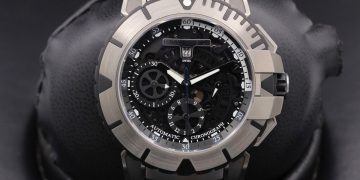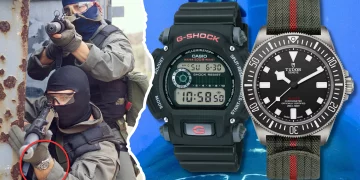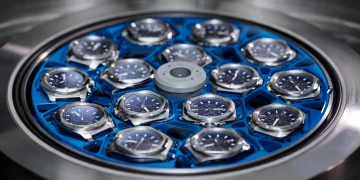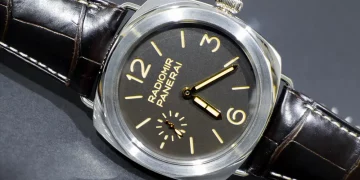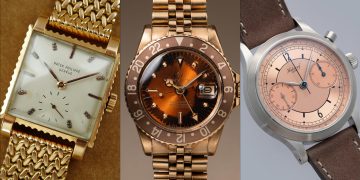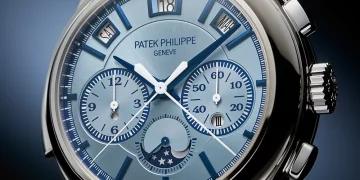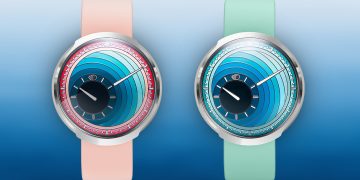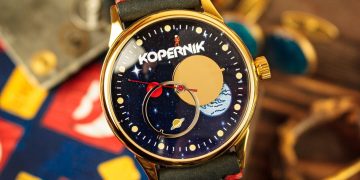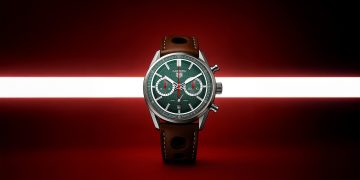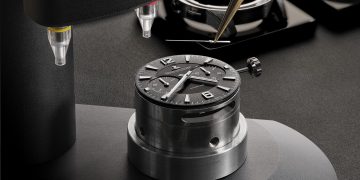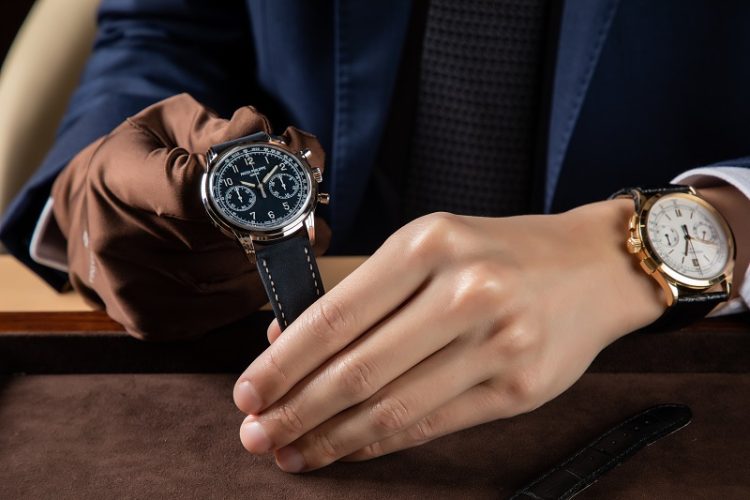Owning a high-quality timepiece is a matter of pride for many watch enthusiasts. A watch, especially a luxury or high-end model, is not only a functional accessory but also an investment. However, like any complex mechanical or automatic device, a watch requires maintenance and care to ensure it continues to function accurately and retains its value over time.
While some watch issues can be resolved through basic maintenance, others may signal the need for professional repair. Knowing when to seek professional help is crucial, as it can save you from potentially costly damage or the complete failure of your timepiece. This article will guide you on how to distinguish between problems that require simple upkeep and those that necessitate expert attention.
1. Timekeeping Issues
a. Minor Timekeeping Problems:
If your watch is running slightly fast or slow, this may not be an immediate cause for concern. Most mechanical watches experience slight variations in timekeeping due to changes in temperature, altitude, or regular wear. These small issues are usually solved by fine-tuning the regulator or adjusting the caliber’s timekeeping mechanism.
Routine maintenance may be enough to address these minor issues. For instance, a basic regulation of the movement, where a watchmaker adjusts the balance wheel to correct timekeeping, can usually solve this problem.
b. Significant Timekeeping Problems:
However, if your watch is consistently running hours ahead or behind or stopping altogether, this is a sign that there may be a more serious issue at play. This could be due to a faulty escapement, a broken balance wheel, or worn-out movement components. These problems go beyond simple adjustment and will require professional repair. In such cases, the watch will likely need a thorough overhaul, which involves disassembling the movement, cleaning it, and replacing damaged components.
2. Water Resistance Failure
a. Minor Sealing Issues:
If you’ve noticed that your watch fogs up after being exposed to temperature fluctuations, such as after taking a hot shower or entering a cold environment, it could simply be a small leak in the seals or a damaged gasket. This is generally a minor issue that can be resolved by a watchmaker replacing the seals and performing a water resistance test.
b. Serious Water Resistance Problems:
On the other hand, if your watch has been exposed to water, and you’ve experienced internal condensation or moisture inside the dial or case, this is a clear indicator that the water resistance has been compromised, and you should seek professional repair immediately. Moisture can cause corrosion to internal parts like the movement, dial, and hands, as well as create rust on metal components. If not addressed promptly, this can result in permanent damage. A trained professional will need to replace the worn seals, perform a complete cleaning and lubrication, and test the water resistance to ensure your watch is once again properly sealed.
3. Movement Issues: Mechanical or Automatic Watches Not Working
a. Minor Sticking or Sluggish Movement:
If your mechanical or automatic watch is not keeping accurate time, or if the hands are sluggish but still moving, it may simply require a cleaning and lubrication. Over time, lubricants used inside the movement can dry out or thicken, causing parts to move less smoothly. In this case, regular maintenance, which typically includes cleaning the movement and applying new lubricant, will suffice.
b. Total Movement Failure:
However, if your watch is not moving at all or has stopped running, it could mean that there’s a more severe problem, such as a broken mainspring, a disconnected gear, or even worn-out internal components. If the watch has not been serviced for a long time, this could be a sign of neglect or a malfunction that requires professional attention. A complete movement overhaul may be necessary, which will involve disassembling the entire movement, identifying and replacing damaged parts, and reassembling it.
4. Damaged Crystal or Case
a. Minor Scratches and Marks:
Superficial scratches or minor marks on the crystal (glass) or case can typically be polished out or buffed away. A reputable watchmaker or jeweler can restore the crystal or case finish, making the watch look as good as new.
b. Cracked or Severely Damaged Crystal:
However, if the crystal is cracked, or if there is significant damage to the case, such as deep gouges or dents, this will require professional repair. A cracked crystal may cause water to infiltrate the watch or lead to further damage. A watchmaker will need to replace the crystal and ensure that the watch is still water-resistant after the repair. Additionally, if the case is severely damaged, it may require replacement parts or re-machining to restore its structural integrity.
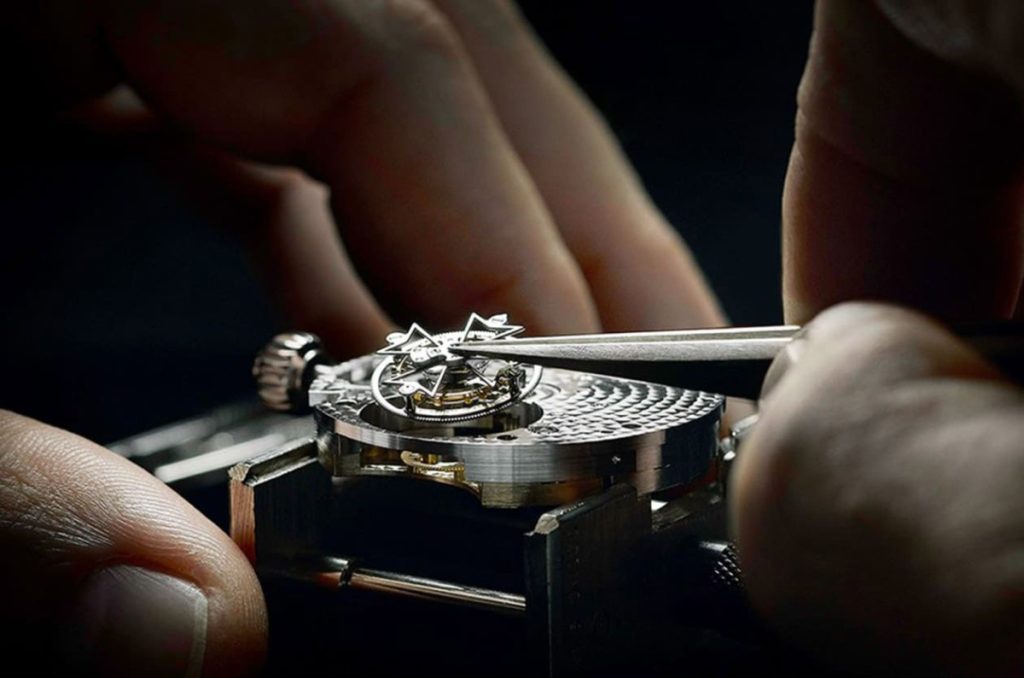
5. Crown and Pushers Not Functioning Correctly
a. Loose Crown or Pushers:
If the crown or pushers of your watch are loose or difficult to operate, this may be a simple problem with the stem or crown tube, which can often be tightened or repaired. This issue can generally be handled by a watch technician who will replace or adjust the relevant parts.
b. Non-Functioning Pushers or Crown:
However, if the crown or pushers are completely non-functional or are stuck, this indicates a more severe internal issue. It could involve the movement’s setting mechanism or the stem being broken. In this case, a full disassembly and repair of the movement are required to fix the issue. In some instances, the crown tube or pushers may need to be replaced entirely.
6. Power Reserve Issues
a. Minor Power Reserve Problems:
If your automatic watch is not running for the expected amount of time, it could be due to insufficient winding or a decrease in the power reserve. In many cases, this can be solved by giving the watch a full manual wind to top up the power reserve.
b. Power Reserve Failure:
If the watch still doesn’t run for its full intended power reserve even after a full wind, the mainspring could be damaged or the automatic winding system might not be functioning properly. A professional repair is needed to inspect and repair the winding system or replace the mainspring.
7. Excessive Noise or Unusual Sounds
a. Minor Ticking or Buzzing:
It is normal for a mechanical watch to produce a ticking sound, but if you hear an unusual buzzing, grinding, or scraping noise, this could indicate that there is a problem with the movement. It might be as simple as a dirty movement, which needs cleaning, or it could be a sign of a misaligned gear or broken component.
b. Serious Mechanical Malfunctions:
If the sound is continuous or becomes louder over time, this is a clear indication that the movement is malfunctioning. Scraping or grinding noises can result from parts rubbing together due to lack of lubrication or damage. This will require immediate attention from a professional repair technician who can clean, lubricate, and replace any damaged parts to restore proper function.
8. General Wear and Tear
Over time, wear and tear is inevitable, especially for watches worn regularly. While minor maintenance (like cleaning the watch, changing the strap, and polishing the case) can address external cosmetic issues, significant wear to internal parts such as gears, springs, and escapements will require professional intervention.
If you notice that the watch shows signs of excessive wear, such as difficulty winding, issues with the movement, or an inability to maintain timekeeping accuracy, it’s best to take the watch to a certified watchmaker for a thorough inspection and overhaul.
9. Conclusion
Determining whether a watch needs professional repair or simply routine maintenance requires a careful assessment of the symptoms. Minor issues like slight timekeeping discrepancies, scratches, or worn-out seals can generally be fixed with regular upkeep. However, if your watch is showing signs of total movement failure, water damage, serious timekeeping problems, or structural damage, it’s time to seek expert repair services.
Remember, high-quality watches are delicate machines that deserve professional care. Seeking timely intervention can prevent further damage, extend the life of your timepiece, and preserve its value over the long term. Always consult a certified watchmaker or repair specialist for the best advice when in doubt.



